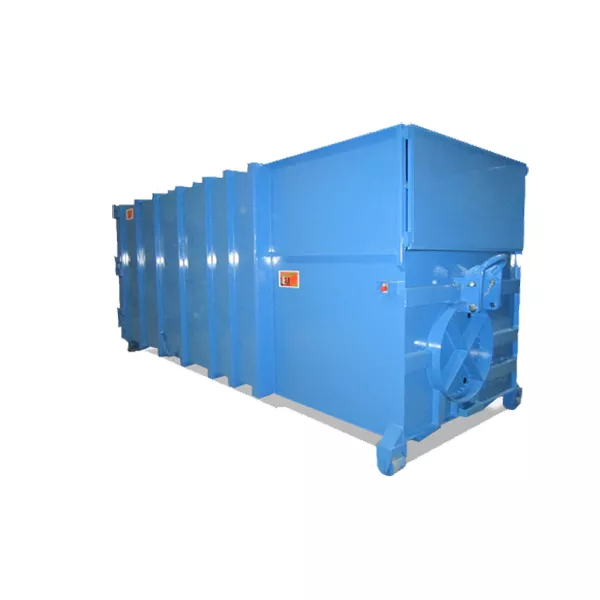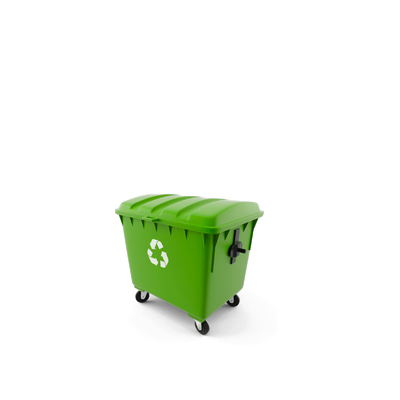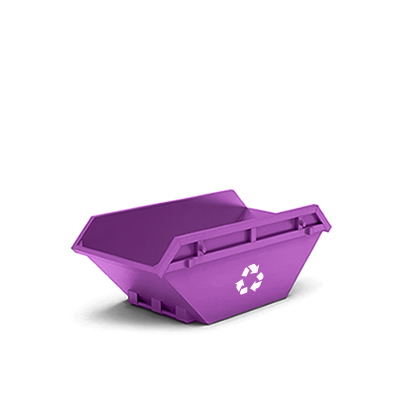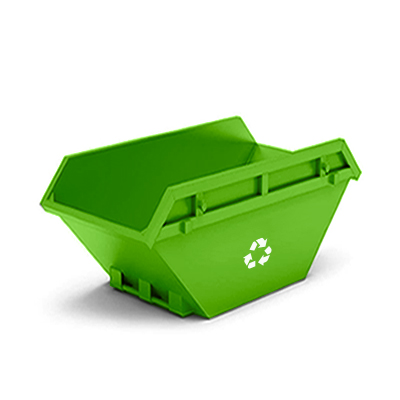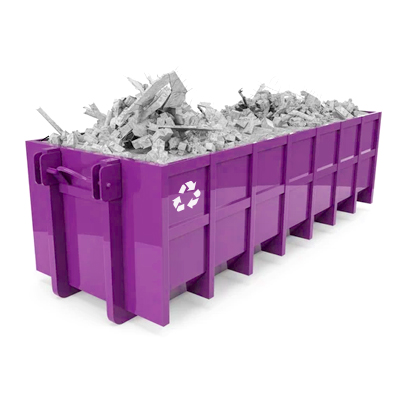The distinction between waste compactors is important when deciding what to use for your business. There are a number of factors to consider and because of this, there are compactors for all needs. But what are the differences?
The first thing you may want to establish before looking into compactors is what sort of waste you’re producing. There are compactors for a range of waste products, such as cardboard, paper, other recyclables. There are also compactors for food and wet waste. These all come in a range of sizes according to the weekly volume: small, medium, and large. The type of compactor can also come into play: are you looking more for a bin compactor? Or, possibly a portable compactor for events? Maybe you want a permanent installation at a warehouse, in which case you might be in the market for a static compactor. Whilst compactors can vary from one model to another, the main function stays the same: reduce waste volume through high pressure compaction.
In the case of wheelie bin compactors like the MT240, the aim is to reduce residual waste by up to 85%, saving on space and disposal costs. The difference between this and a similar model, the RC1100 in-bin compactor, is the surface area and depth. Where the MT240 suits 240 litre wheelie bins, the RC1100 is suitable for wheelie bins anywhere between 600 and 1100 litres. Both of these machines deal in general waste, cardboard, paper and recyclables.
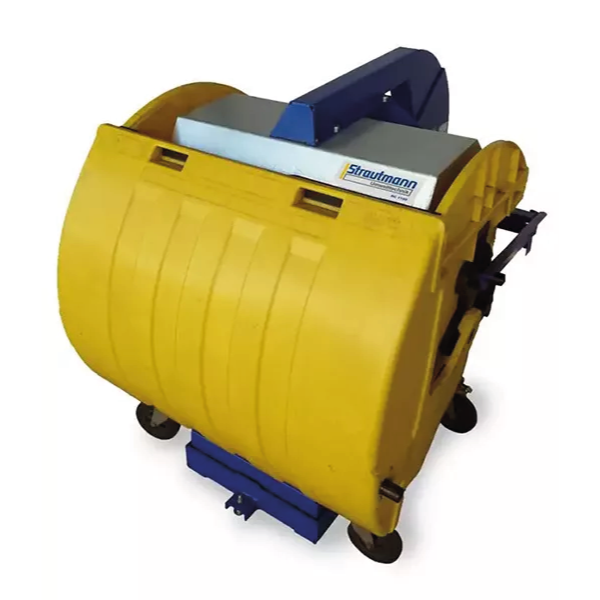
Portable compactors are usually quite large, best suited for events and high quantities of waste. The Model AS skip typically holds 4-5 tonnes of any type of dry waste, from general to recycling depending on your need. Where this differs from another portable compactor like the Model APK skip, which also holds around 4-5 tonnes, is that the APK can contain wet waste, food waste, and offensive waste through the use of a separate chamber which filters liquids. Other portable compactors will differ from these examples based on the quantity of waste they can hold and how they are emptied.

Static compactors are often used by businesses with a permanent place of residence; these machines stay in the same place throughout their life and tend to be used for general waste and recycling. The CB1500 compactor delivers on fast loading, robust design, and a choice of 26 or 38 tonnes of pressure for maximum payload. To contrast this to a smaller model, the CB1250SS short static compactor comes in at just over 2 meters in length, designed for smaller spaces but still delivering on 25 tonnes of press force. Both these compactors are suitable for general and recyclable waste.
The largest machine in the series (and one that is well worth talking about in contrast to its counterparts) is the CB2100 static compactor. What makes this stand out is the colossal 38 or 50 tonnes of pressure for maximum payloads. The choice of the two pressures puts the CB2100 much in line with the CB1500, only at a much higher percent of overall waste volume.
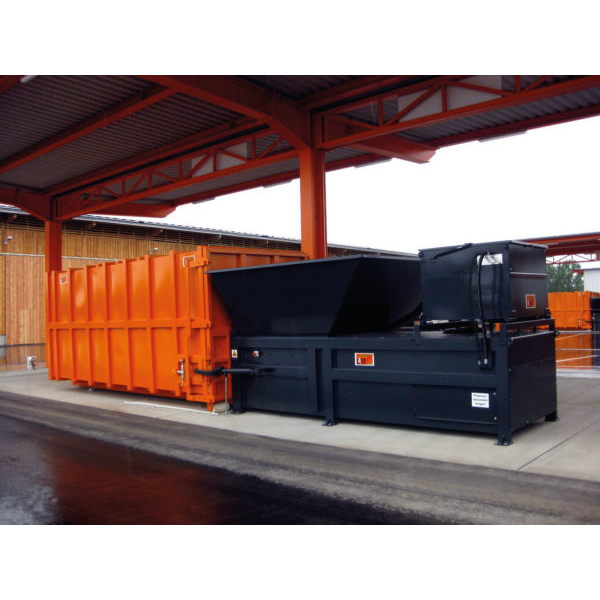
Screw compactors boast a ‘green’ setup. Saving on CO2 levels, these compactors are suitable for general waste, mixed recycling, and even dry food waste and dough. Where the SVS “Electric Drive” differs from the SPS “Electric Drive” is that the SPS is a self-contained fully sealed unit, requiring no permanent fixings. It is also worth note that whilst the SVS has two different models such as the SVS 11 and 15, each designed for different volumes, the SPS has five models, each one able to contain more in terms waste volume than the last.

Helpful Links
What are the different types of recycling balers?

